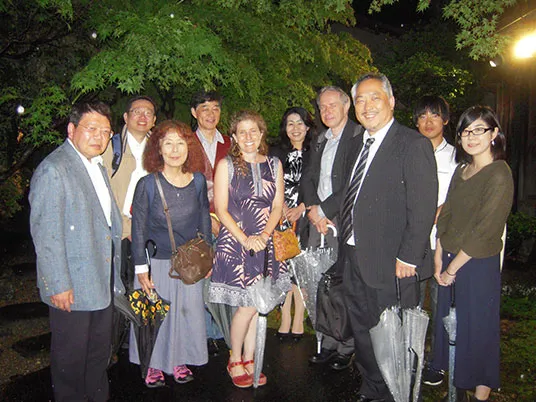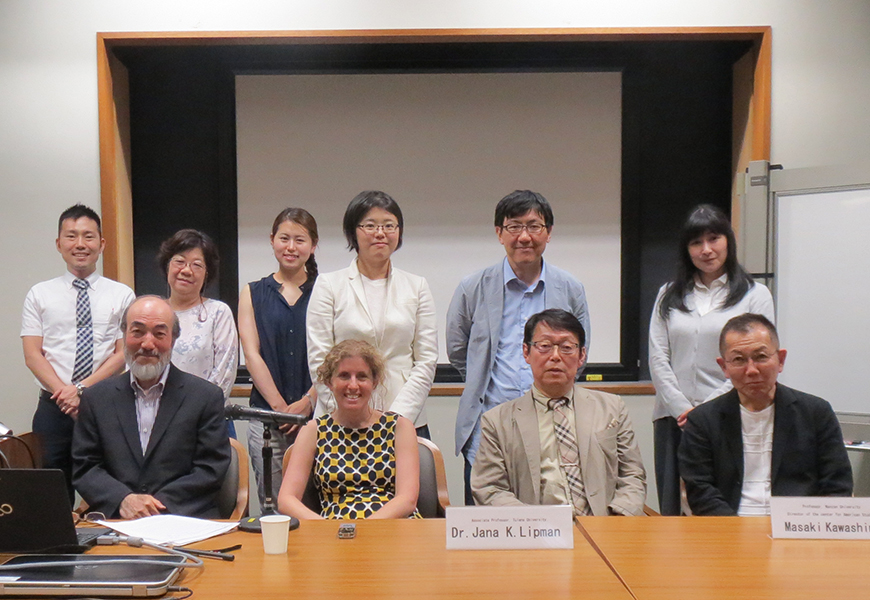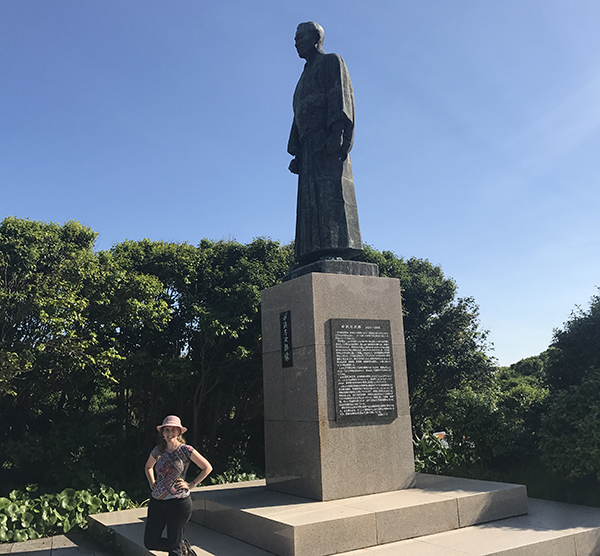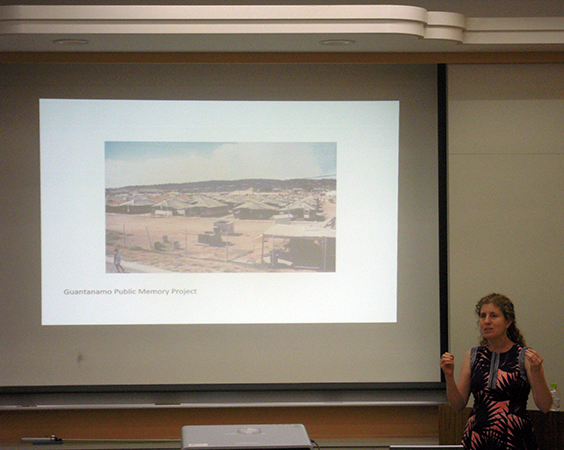
This summer I was honored to be selected by the Organization of American Historians (OAH) and the Japanese Association of American Studies (JAAS) to be a faculty resident at Osaka University. The program selects two U.S.-based academics each year to lecture in Japan and promote dialogue between American and Japanese scholars of U.S. history. I spent just over a month in Japan, traveling from the center of Tokyo to Tosashimizu, a small fishing village in southern Shikoku.
My current book project is on refugee camps at the end of the U.S. war in Vietnam, and this opportunity was the perfect chance to share my findings with colleagues poised between American Studies and Asian Studies. I am writing about refugee policy in Southeast Asia from 1975 to 1997, and my work asks how the United States, Southeast Asian countries, and international organizations decided who was and who was not a refugee after the war. In Japan, I led workshops and gave talks to undergraduates, graduate students, and faculty who specialize in U.S. history and global history. I gave talks at Osaka University, the University of Tokyo, Doshisha University in Kyoto, and Nanzan University in Nagoya. Our conversation included their questions about the UNHCR in the 1990s, which was headed by Japanese Sadako Ogata. Colleagues also asked about the independent roles of the Philippines and Malaysia, the politics of adoption and children in American refugee policy, and changing partisan politics in the United States.
As an American scholar, it was valuable to learn the questions Japanese scholars choose to study about U.S. history. For example, my host Professor Kotaro Nakano has written about Polish Americans’ participation in World War I, and he’s currently researching 1970s mayoral politics in Chicago. I also met colleagues studying African American cultural history, World War II era Japanese-Canadian communities, and American Indian history in the 17th and 18th centuries. While perhaps not surprising, I benefited from learning how Japanese scholars developed research questions and their perspectives on United States history.
Finally, I am from Fairhaven, Massachusetts, a fairly small fishing town on the east coast. In the 19th century, a local whaling ship rescued a small group of Japanese castaways, and one of them, Manjiro, came to Fairhaven where he lived and studied for several years. He was the first Japanese person to spend a considerable time in the United States, and he returned in the 1850s to become an influential teacher and adviser to the Japanese government. Manjiro was born in Nakamura at the southern tip of Shikoku (the smallest of Japan’s four major islands). Shikoku is also home to an eighty-eight Buddhist temple pilgrimage. I felt I was making my own American Studies pilgrimage to see this place that connected my home town to Japan. Before the residency began, I traveled to Tosashimizu, and I visited the John Manjiro house, the Manjiro museum, and other points of interest along the Ashizuri coast.
This fall, I’ll be teaching a class on US Foreign Relations before 1945, and I will be able to integrate my experiences in Japan into my teaching, developing new units on maritime communities and cultural exchanges in the 19th century and deepening my analysis of U.S.-Japanese military competition and war in the twentieth century.
As I look back on my time in Japan, I am thankful to the OAH and JAAS for giving me this opportunity. I developed intellectual relationships with my colleagues at Osaka University that will grow over time and enrich my new research and my teaching.




